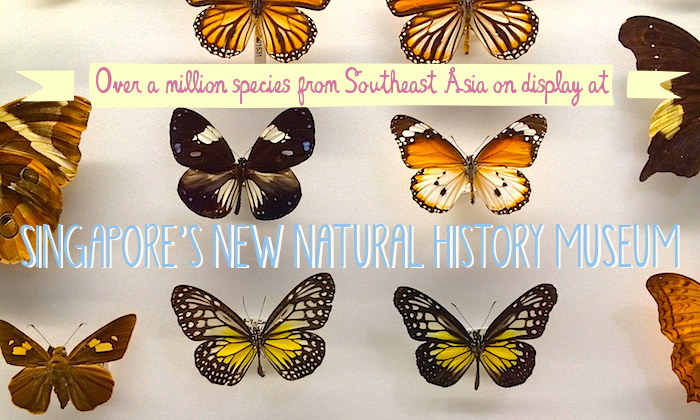
Lee Kong Chian Natural History Museum is Southeast Asia’s first Natural History Museum, but traces its roots back to 1878!
A little-known fact about me: I worked at New York City’s American Museum of Natural History (AMNH) as I paid my way through graduate school. And while I held an administrative position and spent much of my day in the Museum’s library assisting scientists accessing its vast collection of archival photographs and print materials, my time at the esteemed museum gave me incredible knowledge of and appreciation for the behind-the-scenes of a natural history museum.
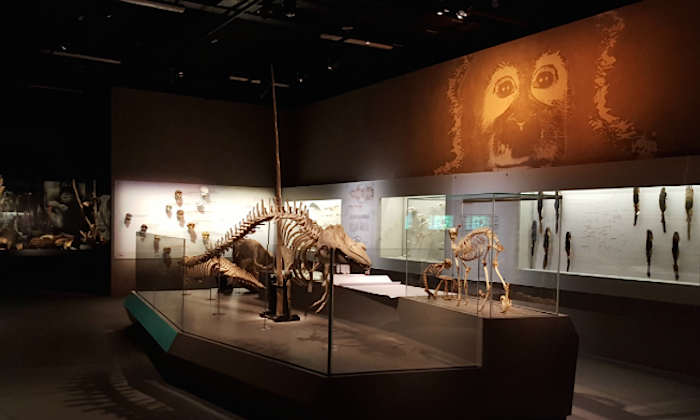
I recently visited The Lee Kong Chian Natural History Museum, Southeast Asia’s first natural history museum, which opened its doors to the public on April 28, 2015 on the Kent Ridge Campus of NUS.
Its collection traces its roots to The Raffles Museum, the first such institution to be established in Singapore in 1878. The Lee Kong Chian Natural History Museum inherited its collection from its predecessor, the Raffles Museum of Biodiversity Research, established in 1998, whose collection was that of the Zoological Reference Collection, formally opened in 1988, which stems from the original Raffles Museum! Today’s museum is home to over 560,000 catalogued lots and over a million specimens from throughout the region. (Not all are on display.)
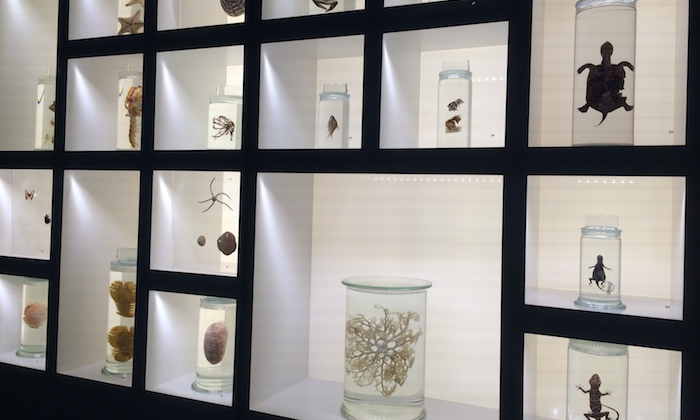
My Preschooler and I were utterly enchanted with treasures from the natural world on display, from the bizarre to the beautiful.
Level 1 explores biodiversity, with a focus on native and Southeast Asian flora and fauna. I have recently begun encouraging my daughter to keep a nature journal to document (in drawings and collages of found objects) her observations of the flora and fauna in our neighbourhood. So it was a treat for her to see herbarium sheets, a cost-effective and space-effective way to preserve samples of plant diversity, prepared by real scientists.
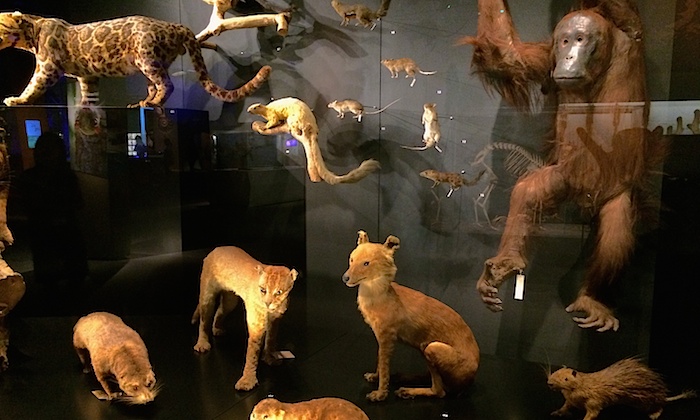
I was squicked out by the mounted bird and mammal specimens (as I was at AMNH), but, as a good parent, I accompanied The Preschooler while she learned more about the golden babirusa, a wild pig-like animal native to the island of Buru, and the cream-colored giant squirrel, a large squirrel species which was once abundant in Singapore but is now feared extinct.
Level 1M houses the “Heritage” galleries, which were of particular interest to me, detailing how the study of biodiversity has evolved over the years and the history of the museum, as well as the geology of the island and the important conservation work done today by national agencies.
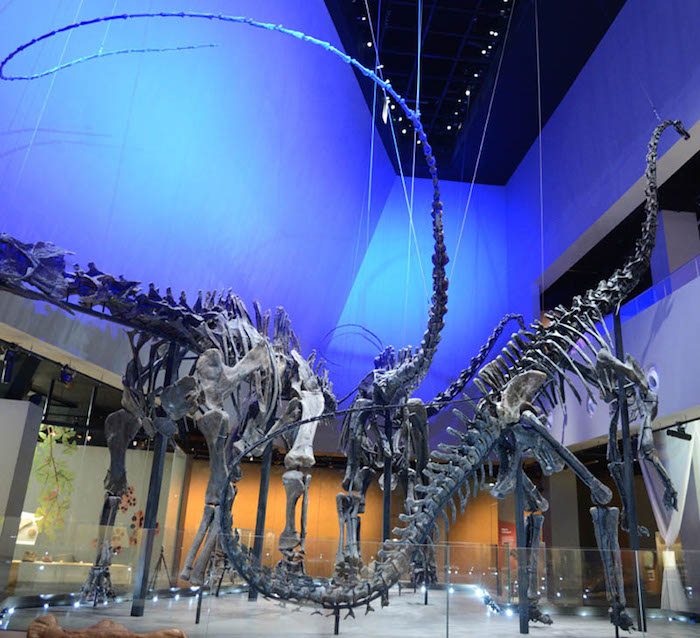
As for three much talked-about diplodocid sauropod (also known as dinosaur) skeletons, nicknamed “Prince”, “Apollonia” and “Twinky”? These skeletons, which were found between 2007 and 2010 in a quarry in the small American town of Ten Sleep, Wyoming, tower over the main gallery. No doubt—dinosaurs are cool and Prince, Apollonia, and Twinky were purchased at extraordinary
cost to draw visitors. But the Lee Kong Chian Natural History Museum tells the story of Singapore’s natural history, and it does so perfectly; these skeletons are incredibly out of place in this narrative, in my opinion.
Regardless, we cannot wait to go back. The Preschooler wants to play lepidopterist and examine the butterflies; I want to return to Level 1M’s “Cabinet of Curiosities” and learn more about the scientists through history who made this museum possible.
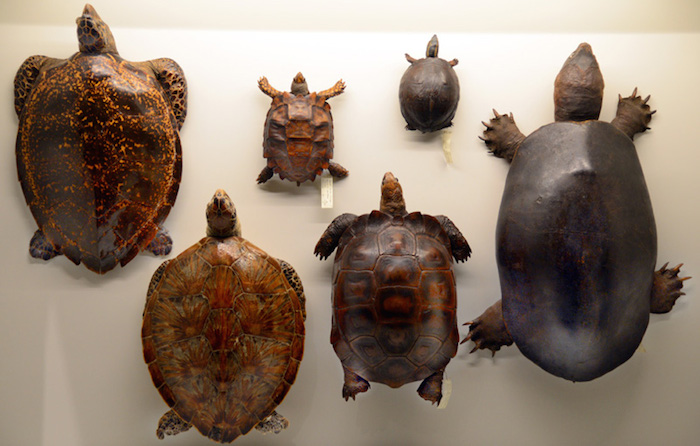
All the details:
Getting there:
From Clementi MRT, take SBS Transit Bus 96 to NUS Raffles HallThe /Lee Kong Chian Natural History Museum. If you are driving, limited parking is available at the museum. Additional parking can be found at Yong Siew Toh Conservatory of Music (Carpark 3) and NUS Raffles Hall (Carpark 4).
How much:
Prices are $15.00 for Singaporeans and Permanent Resident adults; $20.00 for non-resident adults; $8.00 for Singaporeans and Permanent Resident children (3-12); $12.00 for non-resident children (3-12). Tickets can only be purchased through Sistic and are not available at the museum. Buy your timed tickets by clicking here!
Each slot can accommodate about 200 people, but there were not even 50 people at the museum on the weekday afternoon that we visited.
Opening hours: The Lee Kong Chian Natural History Museum is open from Tuesday to Sunday from 10AM to 7PM. The museum is closed on Mondays.
The Lee Kong Chian Natural History Museum, Faculty of Science, National University of Singapore, 2 Conservatory Drive, Singapore 117377, Tel: (+65) 6601 3333, www.lkcnhm.nus.edu.sg


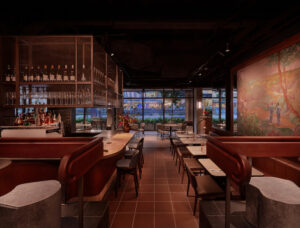
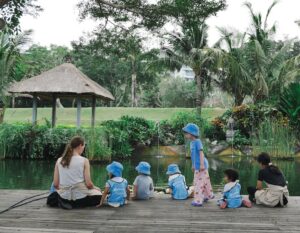

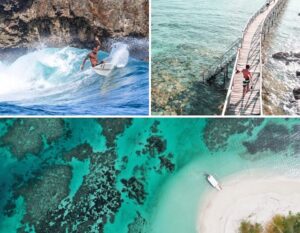
 View All
View All


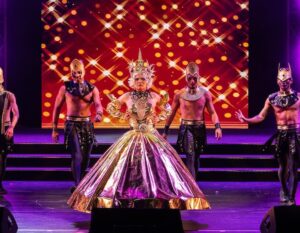

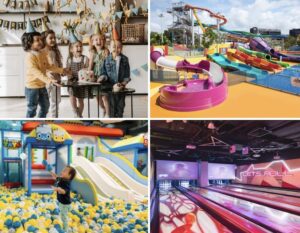
 View All
View All


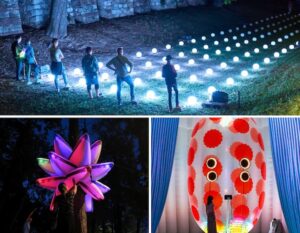
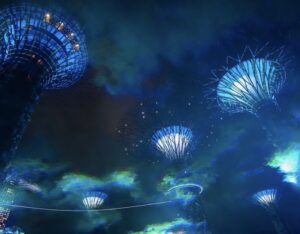





 View All
View All



